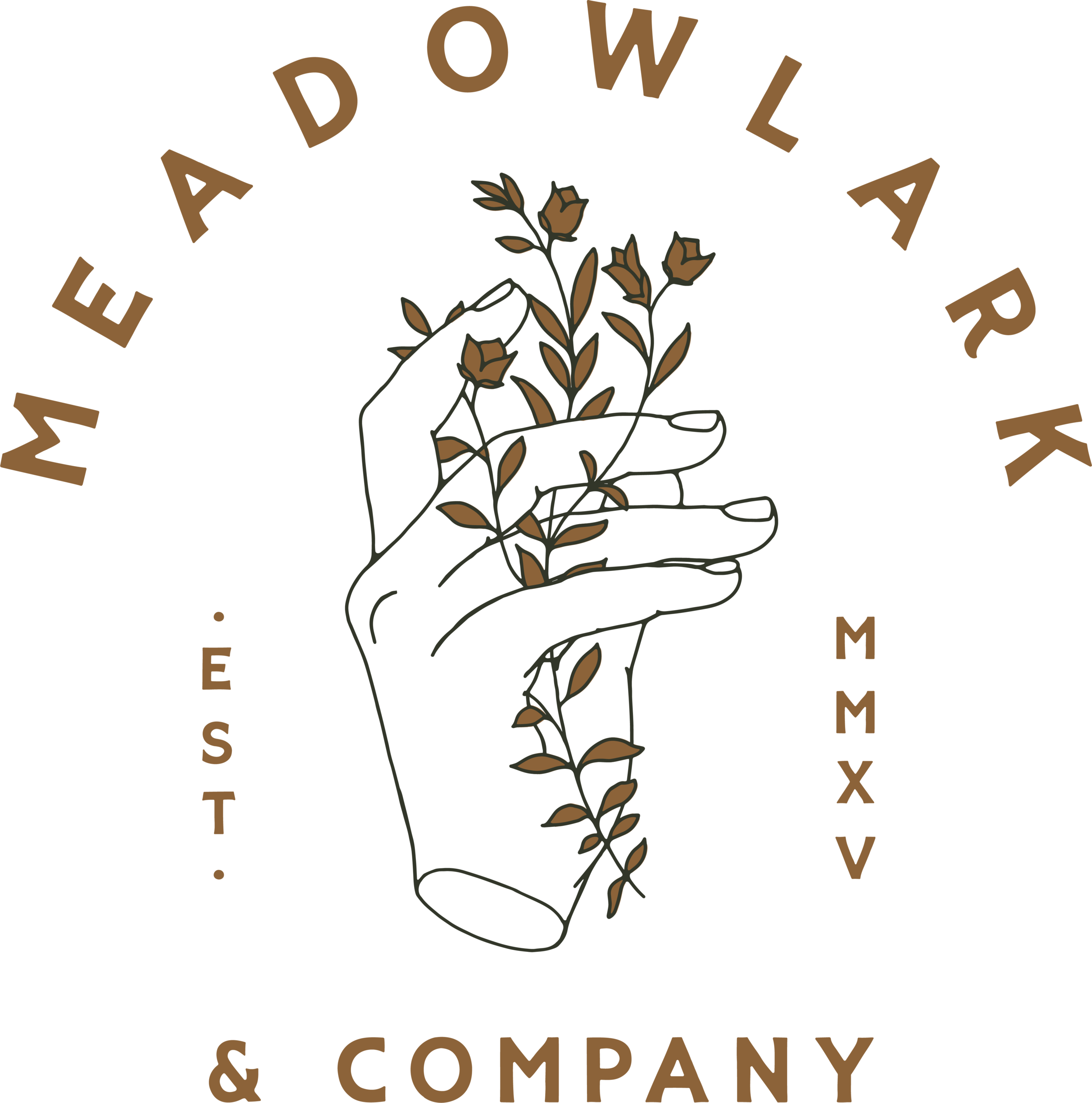My Quarantine Art Supply List- Watercolor Edition
While I don’t think it’s best to pressure yourself to write a full novel, greatest hit, or be your most productive ever during the unprecedented slow time that many of us are now experiencing, I do think we will have missed an opportunity to grow if we didn’t attempt to nourish our creativity a bit while this was all going on. In fact, I think letting ourselves be creative might be one of the healthiest ways to cope with the uncertainty and vast range of other emotions that most of us are feeling.
If this time has sparked a desire for YOU to delve into your creativity, but you’re not quite sure where to start, I’ve compiled a list of my very favorite, go-to art supplies (the few that I chose to bring home from my studio while I work from home and shelter-in-place) and the reasons why I use them. These are focused on watercolor today, but if you like this type of info, I might expand to include more in a future post!
Watercolor Paper:
Beginner/Practice Watercolor Paper
I use Canson watercolor paper pads for teaching and for practice! This paper is perfect for learning new techniques, testing colors, and practicing designs before moving to a more final piece. However, a lot of the time, I’ll be really happy with how things turn out on the practice paper and may not end up having the desire to move it over to a more advanced/higher quality paper. This paper is cold pressed (it’s bumpy rather than smooth, and therefore holds your paint more stably!).
Advanced/Final Product Watercolor Paper: This or This
The key to choosing a higher quality watercolor paper is making sure it’s 100% cotton and cold pressed. I love these pads of paper in particular because they are glued on at least one side. This makes it easy to paint directly on the block and not have the paper bend and buckle as water is added! This paper is pricey enough that I don’t use it for practice, but I do use it for most custom orders and any more “final” piece.
Watercolor Brushes:
My favorite watercolor brushes are all round brushes. This means that the bristles are shorter on the outside of the brush and longer on the inside of the brush, making the brush come to a nice point. This allows you to paint tiny details with the very tip of the brush, but also paint nice, thick strokes are larger surface areas when utilizing the side of the brush and letting the bristles fan out. All sizes of round brushes function this way- just to varying degrees based on their size! If you wanted to choose just one brush to start, I would go with the size 6 (a nice size that will paint small details but also cover a decent surface area).
Paints:
Sap Green, Lemon Yellow Hue, Alizarin Crimson, Cobalt Blue, Permanent Rose, Burnt Umber, Payne’s Gray
I use the Windsor & Newton Cotman line of watercolor paints. These come wet in tubes, so you have to fill your palette and let them dry overnight before using them. These last such a long time! If you had to choose just a few to start, go with the red, blue, & yellow. You can mix most any color with just those three. I use more colors because I really like these particular shades and use them a lot, but a primary colored palette is more than sufficient.
I haven’t personally used this, but here’s a starter palette (with pre-filled pans) from Windsor & Newton’s Cotman line. I like building my own palette, but if you’re wanting something that’s more ready to go, this might be a good choice!
Palettes:
You have lots of choices here! I have used a travel palette for years because I like how portable it is, but there are lots of other options that will work just as well as long as they have many compartments (giving you plenty of room to add more colors as you collect them and mix colors together while you’re painting away).
What questions do you have? Are you ready to order some watercolor supplies to play with as you shelter in place? If you like this type of information, I’ll come back soon with a calligraphy supplies edition!
Xx,
Heathyr

